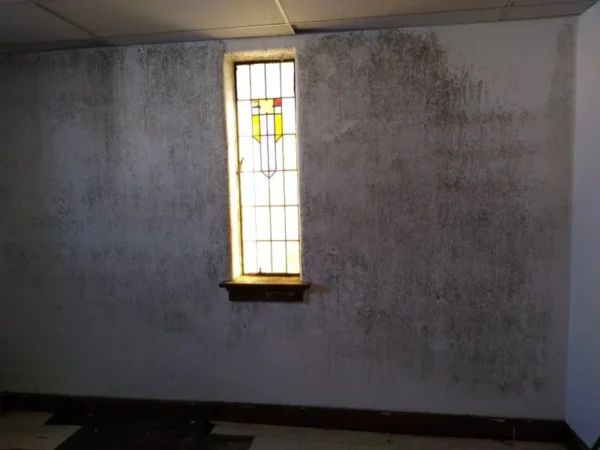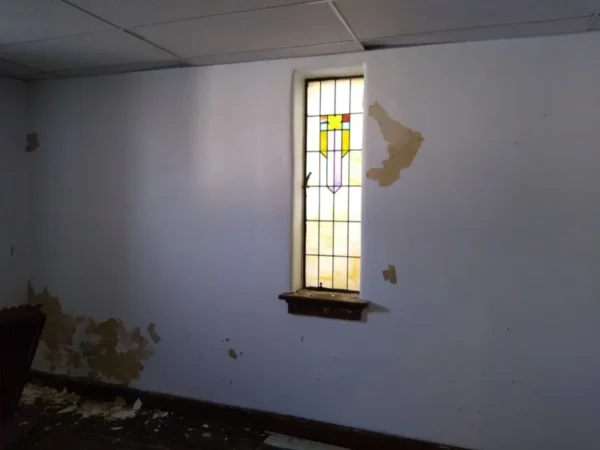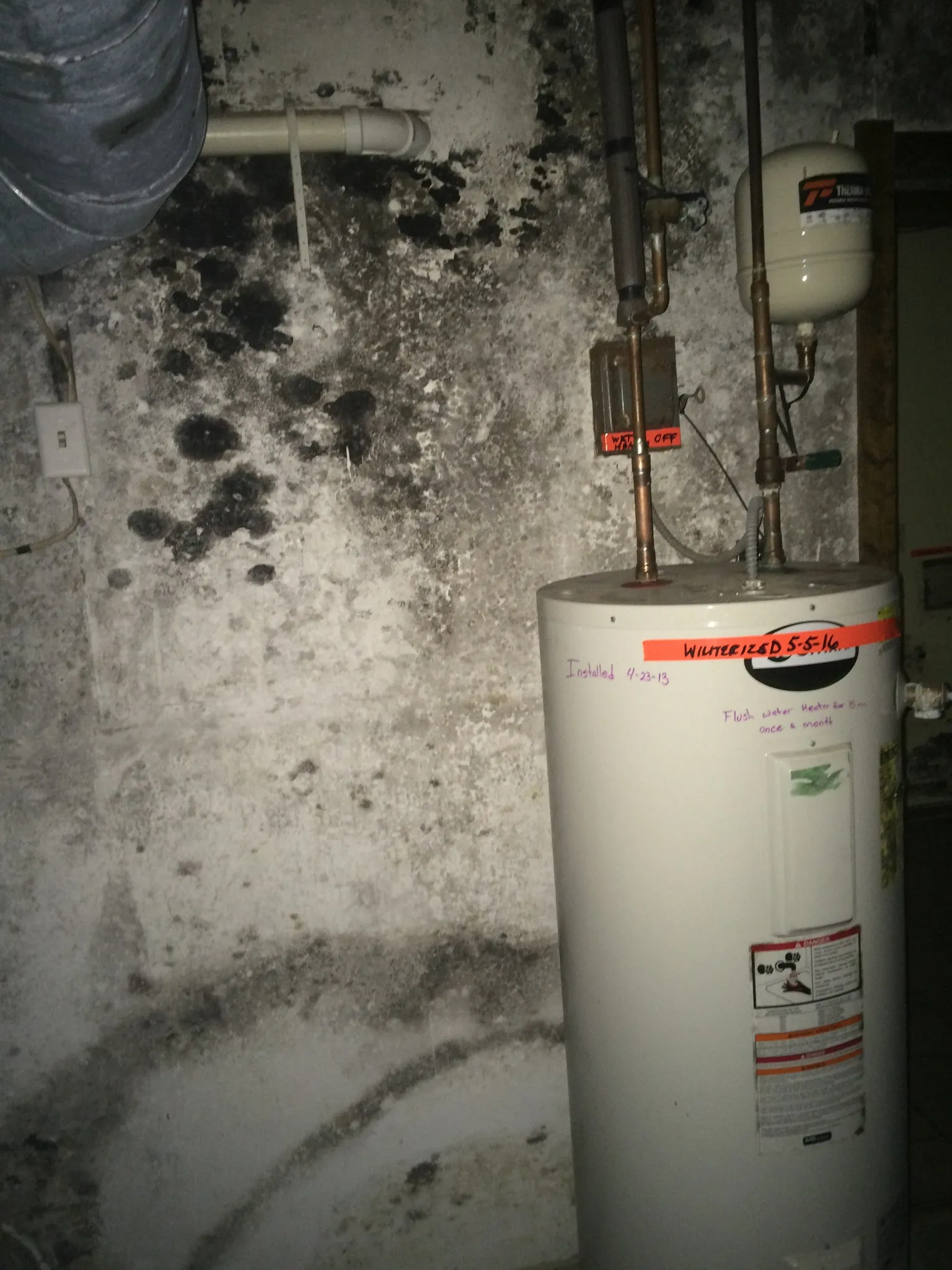Rely on decades of experience and expert training for your mold remediation. With top-tier education and advice, we help you remove moldy materials. remediate mold damage. clean moldy spaces. restore your home. breathe more easily. protect your family. care for your pets.


Mold Removal
Mold Remediation is the removal, cleanup and/or control of mold growth within building structures. The main goal of mold remediation is to remove visible sources of mold and leave the affected space visibly clean and free of the odors associated with mold growth. Once an area is effectively remediated, and the moisture source is controlled, mold growth should not reoccur. Depending on the area in which mold is found, remediation can have many different faces. At Indiana Mold Remediation our primary remediation goals are always the same: to provide a building structure which is safe and habitable, to protect the resale value of the property, and to prevent the occurrence of visible mold growth in the future.
Interior Mold Remediation
Mold growth within the living area of the home, such as a basement or kitchen, must be conducted in a very careful manner. Generally, according to the EPA, areas of less than 10 square feet can be handled by the average homeowner or property manager. Areas that are larger than this may require the attention of a professional. Containment of the work area, removal of affected materials, cleaning and decontaminating of contained areas and preventative measures are all required for the remediation of mold within living areas.
Mold in Crawl Spaces and Attics
Often during real estate transactions or during brief trips to non-living areas of the home, mold may be found to be hiding in the attic or crawl space. Mold growth in these areas does not usually pose the same level of health risks to building occupants and may be handled in a way that is not as invasive or expensive. Often times, the primary concern of remediation in these areas is to protect the resale value of the home and prevent future structural problems due to subsequent wood rot. Indiana Mold Remediation has devised a simple solution to mold growth in these areas that provides effective treatment of the problem without the use of more costly procedures.
Exterior Mold Growth
Mold growth on the exteriors of homes and businesses are not considered a health risk by most health care professionals. The potential deteriorating effects to building materials still exists, and some level of personal protection is still warranted when cleaning up these areas. Mold on fences, siding or roofing can be unsightly and difficult to correct. Through the use of various cleaning methods, these problems can be resolved and prevented from occurring again in the future.
A Simple Remediation Process

Got a question?
No problem.
We are always ready to help with the answers.
Or call (317) 867-4766 – (también en español)
Mold Remediation FAQ
Frequently asked questions about mold removal and remediation. Please contact us for more information or if you have additional questions.
How Do I Get Rid of Mold?
The best way to deal with mold growth can vary greatly depending on the surface on which the mold is growing, the size and scope of the mold growth, and whether the building is residential or commercial. In many cases, especially a small amount of growth in a residential setting, you should be able to clean up the mold yourself. However; it may be necessary to hire or at least consult a remediation professional for larger areas of growth, or growth in a commercial building.
For guidelines on cleaning up mold, you may wish to consult the EPA’s guide: Mold Remediation in Schools and Commercial Buildings. Although it is geared toward large commercial projects, the advice it gives can be applied to mold removal anywhere.
Does Mold Spread During Cleanup?
It is true that mold releases spores into the surrounding environment when agitated. Physical disturbance or even air currents can cause this release. Spraying the surface with a cleaner will produce the same result, albeit not to the same extent as physical agitation.
When removing mold from the affected area(s) of a building, it may be important to prevent spores from spreading to unaffected areas. For large areas of concern, or more sensitive occupants, isolating the affected area from the rest of the home may be the best option. We can minimize the spread of spores from one area to another using airflow, positive and negative pressures, or containment barriers (like plastic sheeting).
Should I Have My Ducts Cleaned?
We often get this question from customers who have mold growth on or near their vents in warm weather. Usually, this mold doesn’t come from inside the vents. Instead it comes from condensation when the air conditioner causes surfaces to be cold.
In such a case, lowering the humidity in the home should reduce the amount of condensation and mold growth. You should clean the register covers and the surrounding area with a biocide. Any labeled “disinfectant” or “sanitizer” should work fine.
Duct cleaning has not been shown to be particularly effective at reducing or eliminating health problems. If you are concerned about the air quality in your home for other reasons, the best way to keep your duct system from spreading particles throughout your home is to increase filtration at the furnace.
However; if you have visible mold growth inside the ducts, there are rodents in the ducts, or the ducts are clogged with dust and debris; duct cleaning probably is necessary to remove those contaminants. Some studies have shown an increase in efficiency of heating and cooling systems following duct cleaning.
The EPA has a lot of information about this subject; click here for more information about duct cleaning.
Should I Replace Moldy Carpet?
If there is visible mold growth on your carpet or carpet pad, we do advise that you get it replaced. These are very porous materials that are difficult to get completely clean, even with hot water extraction, once mold begins to grow.
If there is no visible mold on the carpet or pad, but you are worried about settled spores from mold growing on another surface, the carpet can probably be cleaned and salvaged. We recommend a detailed cleaning with a HEPA vacuum and a low moisture cleaning system. Hot water extraction could also be used, but care must be taken to ensure that the carpet and pad are dried quickly.
Still Need Help Cleaning Up Your Mold Issues?
Don't let uncertainty hold you back any longer. Begin your journey to a healthier, mold-free environment today. Reach out to Indiana Mold Remediation about your mold issues for a no-obligation 15 minute consultation at no cost.
Schedule My Free Consultation